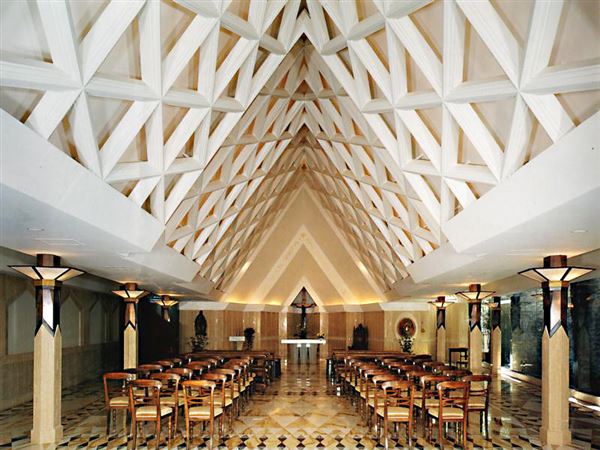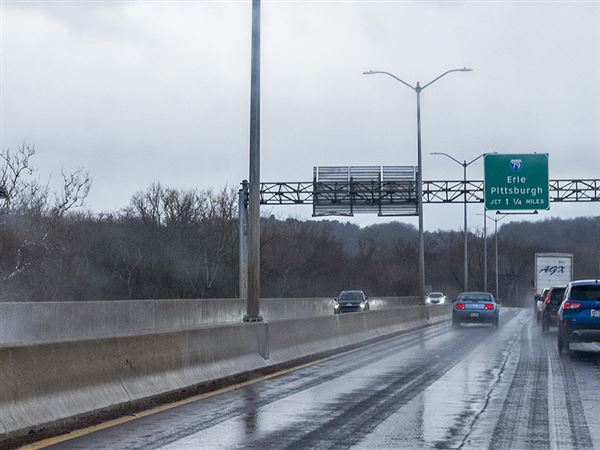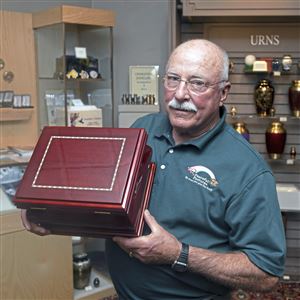Many families didn’t want to make burial arrangements at the funeral home during the pandemic shutdown, so that’s when Jarrett Sperling decided the time had come to post all of his prices online.
Funeral homes have long preferred to give price lists only to people who ask for them in person, which is how Sperling Funeral Home had done business for more than 100 years. Now he knows posting prices on the internet was a good business move.
“We have millennials who are starting to make funeral arrangements for their parents and their first response is to pick up their phone or their computer and shop online,” said Mr. Sperling, owner of Sperling Funeral Home in McCandless.
“If the consumer is shopping online, we should be able to provide them with what they need on that platform,” he said.
While almost every industry uses technology to make it easy and convenient for customers to find prices for their goods and services, the funeral industry is still catching up with the internet age.
The use of online communication tools may become more widespread at funeral parlors in Pittsburgh and across the country now that the Federal Trade Commission is considering updating rules that the funeral industry is required to play by when it comes to providing price lists to customers.
Some individual states, such as California, already require that funeral homes post their general price lists online. A new FTC rule would set a national standard.
The current Federal Trade Commission rule — which took effect in 1984 long before the internet was in common use — only requires funeral homes to disclose prices to anyone who asks for them in person.
But the FTC last week voted unanimously to consider updating the rules to require all funeral homes to post the prices of their goods and services online.
The FTC is requesting public comments on the issue. For the next 60 days, the federal agency will accept comments through the Federal Register from anyone who has an opinion they wish to share.
After reviewing the comments, the FTC will vote. The new rules, if passed, would likely go into effect sometime in spring 2023, said Teresa Murray, a consumer advocate at U.S. Public Interest Research Group in Washington, D.C.
She said the FTC is widely expected to move forward with strengthening the rules on price disclosure.
“It’s been 25 years since we’ve had the internet,” Ms. Murray said. “It just blows your mind that funeral homes would not have this information easily accessible for consumers, especially when they already have to provide it in writing when you walk into a funeral home.
“There’s a reason there are rules,” she said, “because regulators realize it’s so important for grieving families to get straightforward information and not be dealing with a funeral home that’s playing games with them.”
Push by consumer groups
Consumer groups have for years been sounding the alarm for new rules to protect people making funeral arrangements.
Two groups — the Funeral Consumers Alliance and the Consumer Federation of America — in 2016 filed a petition with the FTC seeking requirements be put in place for all funeral homes to fully disclose their prices for burial products and services on the web.
The consumer groups told the FTC that consumers have a right to consider their budgets in every purchase, including what they pay for a funeral. Shoppers can compare the price of everything from cars to appliances, and they should be able to compare funeral prices, too, the groups said.
In 2022, the average funeral costs between $7,000 and $12,000, according to Lincoln Heritage Life Insurance Co. based in Phoenix, Ariz. The viewing, burial, service fees, transport, casket, embalming, and other prep fees are included in this price.
The average cost of a funeral with cremation is $6,000 to $7,000. These costs don’t include the cemetery plot, monument or marker.
The FTC said its own research showed that across the country more than 60% of funeral home websites have little or no pricing information.
The need for online pricing became even more evident during the first year of the COVID-19 pandemic, when many people either couldn’t or didn’t want to visit a funeral home to get a price list in person, the agency said.
In the Pittsburgh region, a handful of funeral homes have taken the lead in posting their prices on their websites, but many haven’t.
This region happens to have more funeral homes than most. Allegheny County is second only to West Palm Beach County, Fla., as the two oldest populations in the U.S.
Competition in the funeral business is stiff. And that may explain why some funeral homes are reluctant to publicly disclose their price lists. In addition, more than a few funeral homes don’t have a web presence at all.
Brady Funeral Home on the North Side doesn’t publish its price list online, but it’s not because of competitive concerns, said LeeAnn Sherman, director.
Although it’s a competitive market, Brady has stood the test of time on the North Side.
“When I started in the business 20 years ago, we had four funeral homes on Cedar Avenue,” Ms. Sherman said. “On Cedar Avenue, we are the last of the Mohicans now. The rest have relocated up north.
“We still have some North Side competition, but I’m not one of those funeral directors that worries about it,” she said.
Ms. Sherman said if she were more tech savvy her general price list would already be online, and she’s happy to comply with whatever rule changes are in store for the industry.
“I’m probably one of the more easy-going funeral homes,” she said. “But some other funeral homes being required to put prices online would probably not be happy with that.”
Several Pittsburgh-area funeral home directors declined comment.
“I can’t think of any good reason funeral homes would push back on this …,” Ms. Murray said. “Yet many funeral homes oppose providing prices online. The lack of transparency is curious, and it’s not good for consumers.”
Price shopping complications
Although the online price disclosure rule is intended to allow consumers to compare one funeral home’s prices to another one, that task could still be a challenge, Mr. Sperling said.
“You can slice the pie differently at each funeral home, and sometimes that makes it harder to see the difference,” he said, explaining that some funeral homes make most of their profit selling caskets and supplies while others profit mostly on their services.
“For example, some funeral directors will charge more for their basic funeral director and staff, and less for merchandise. While others will do the opposite,” Mr. Sperling said.
So, it can be confusing to compare the final cost of the funeral given the language that the FTC will require for posting prices, he said.
Also, in all fairness, he said the FTC rules will only pertain to funeral homes. The cemetery industry won’t be required to post price lists and won’t be held to the same standards.
“Cemeteries sell tons of merchandise,” Mr. Sperling said. “They sell vaults, markers, caskets and all that. They don’t have to provide you a price list.
“They can change prices everyday on a consumer.”
Tim Grant: tgrant@post-gazette.com or 412-779-5834.
First Published: October 31, 2022, 10:00 a.m.





















